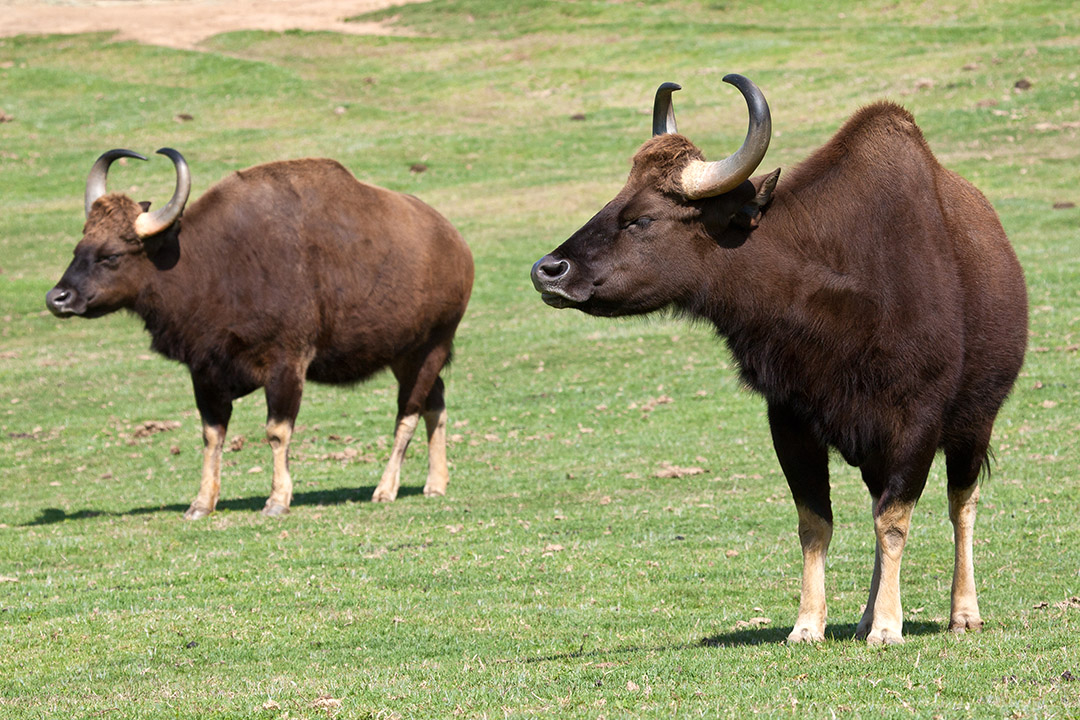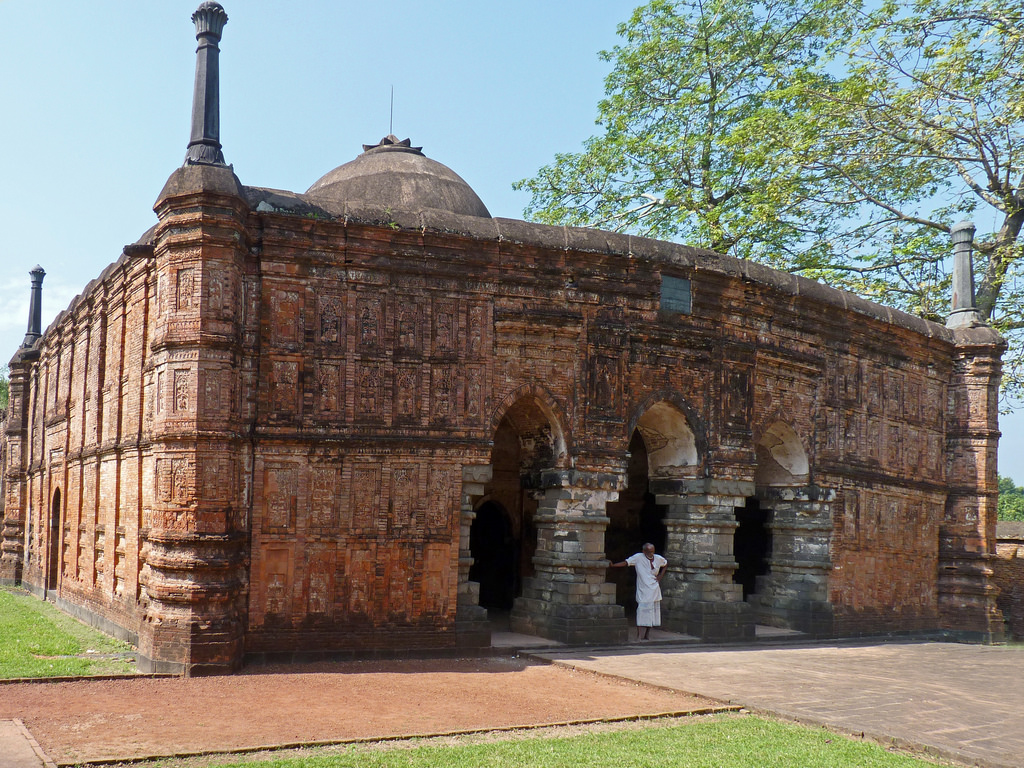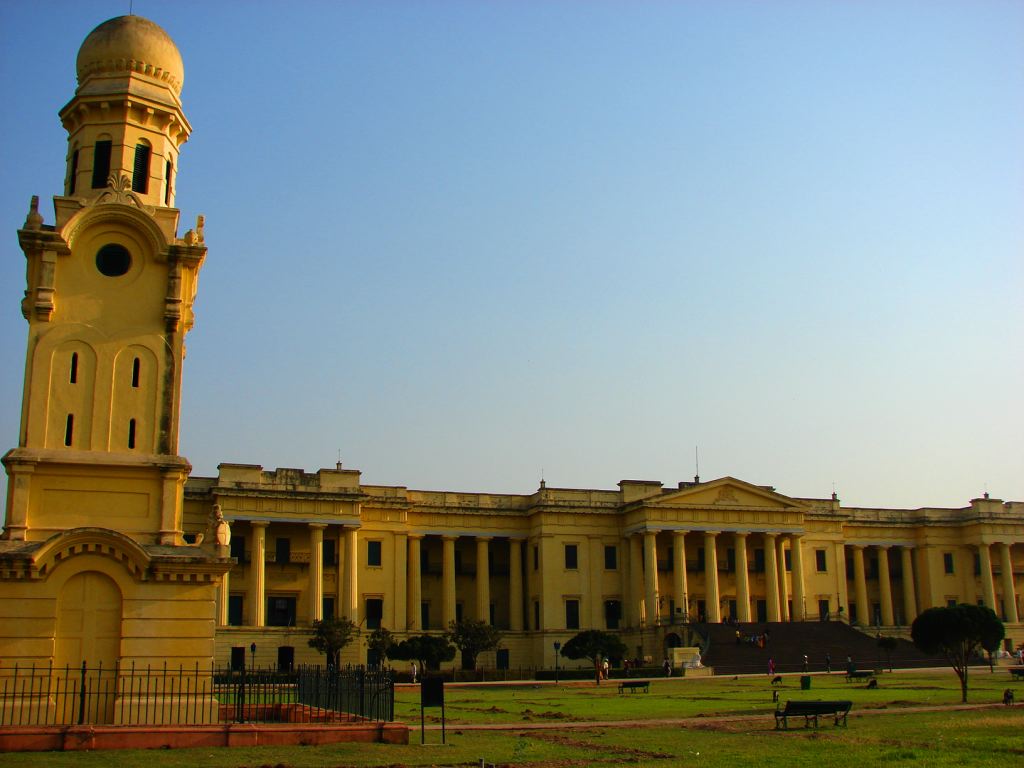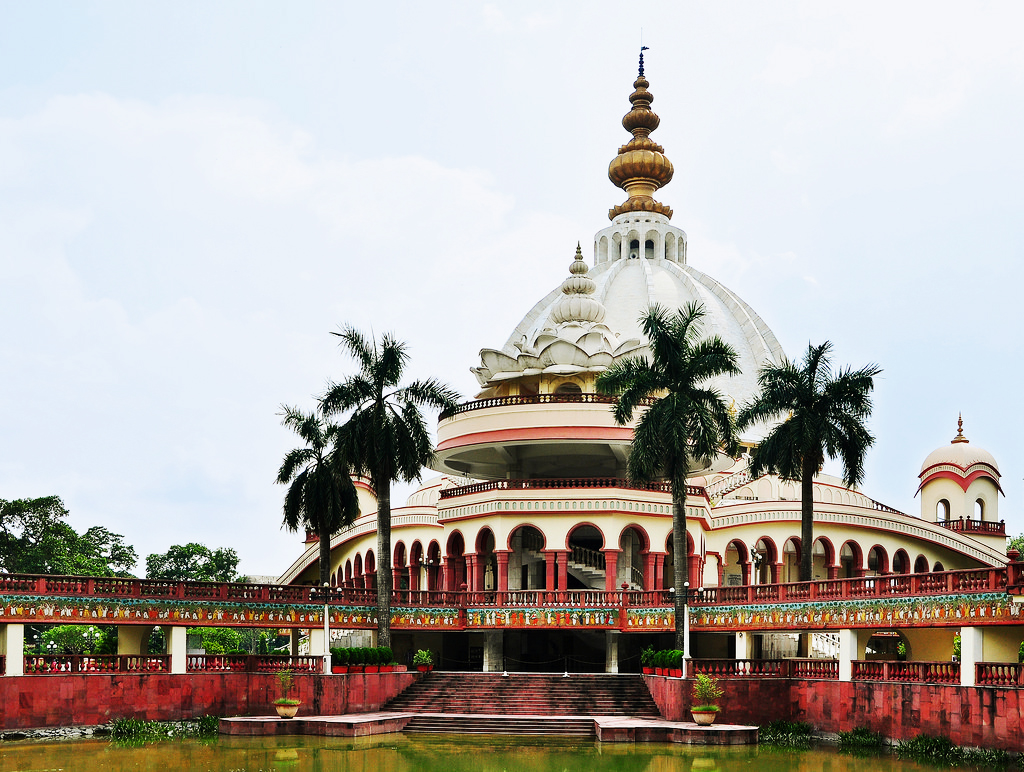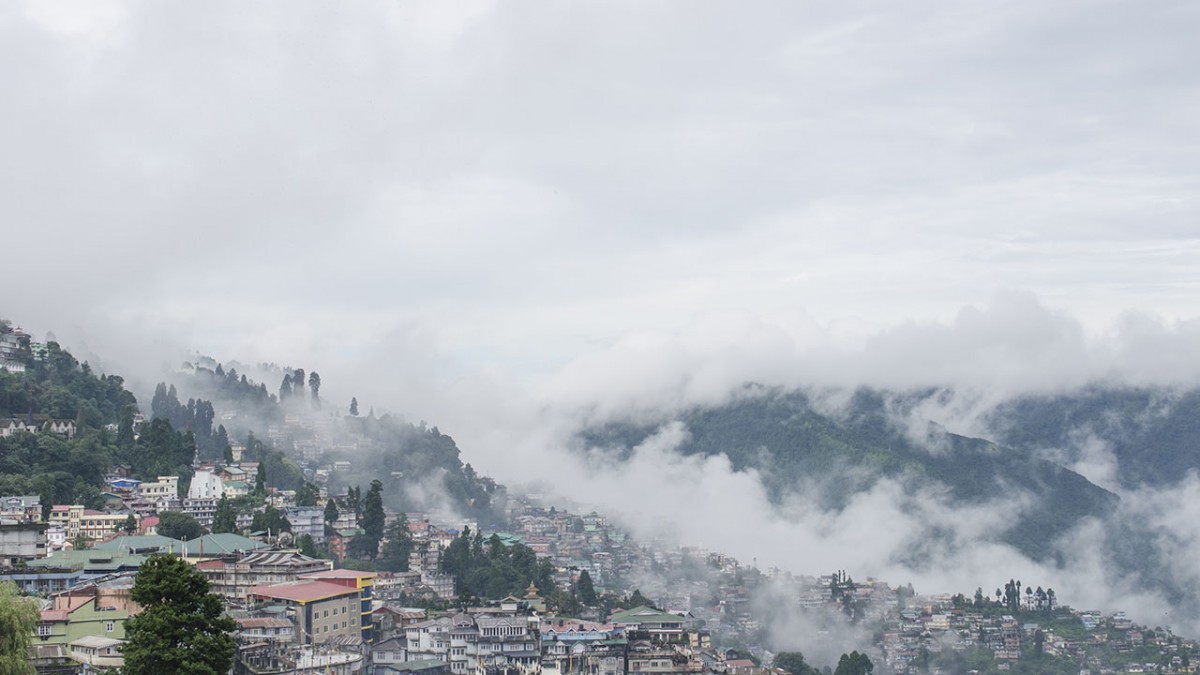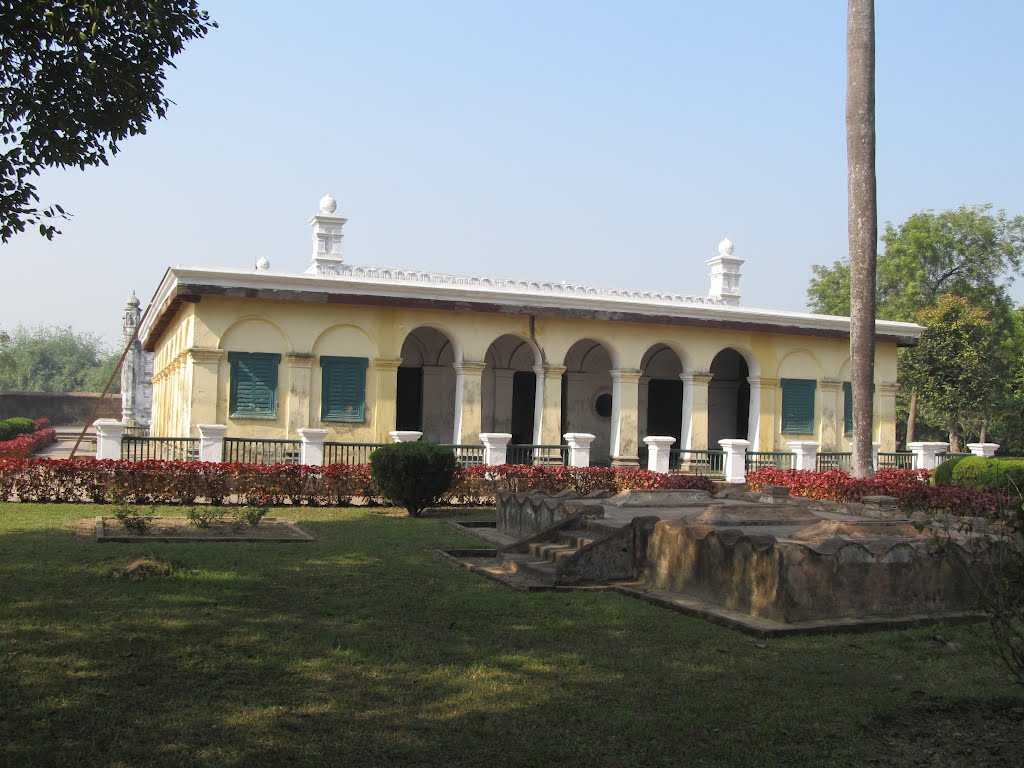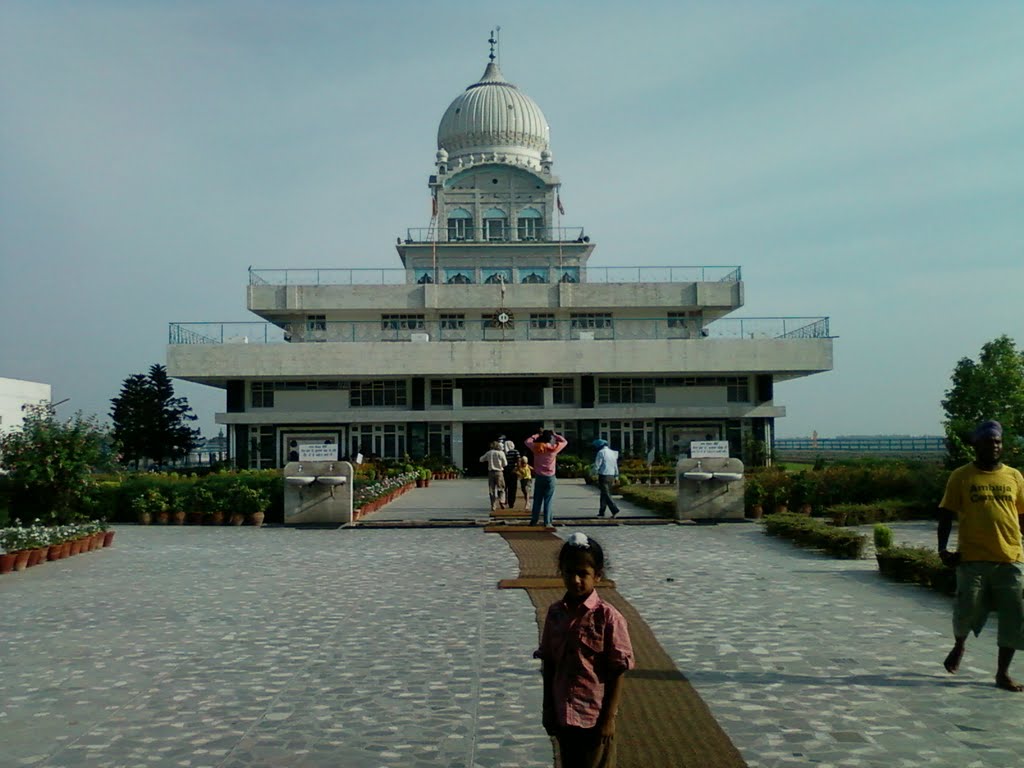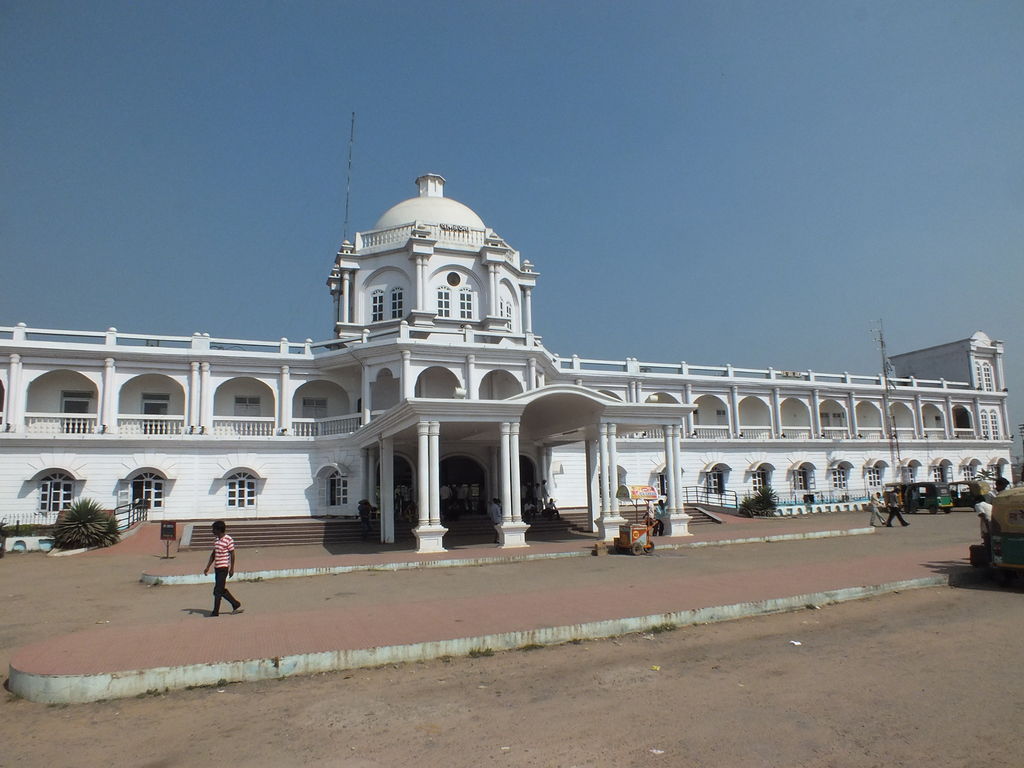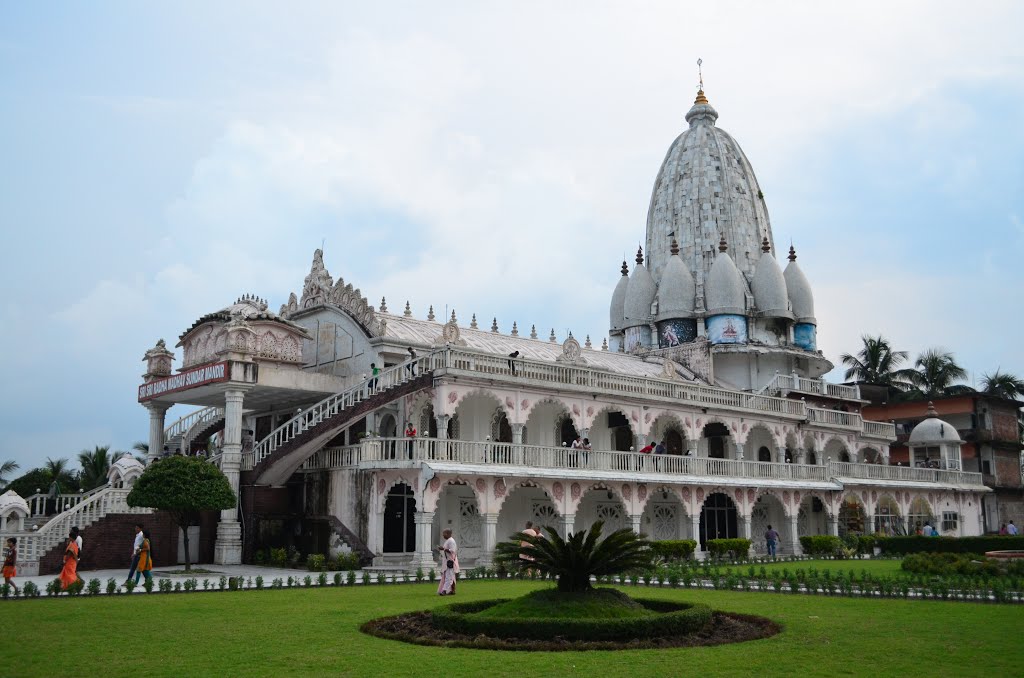
Siliguri Tourism and Travel Guide
History of The City: From a small village, Siliguri became a sub-division in Darjeeling district exactly a hundred years ago. It was in the year 1907 that Siliguri was declared a sub-division (Mahakuma) by the British administration. It is really surprising to note the growth of the small town into one of the largest cities in the entire North East of India.
The original village of Siliguri was to the south of where we have the Saktigarh Colony today. The area is under Jalpaiguri District and Rajganj police station. It was a small and little village at that time. Much more important was Phansidawa bandor. The government activity was mostly conducted from the area where the Haskhoa Tea Estate is located now.
The land measurement of the area started in the year 1891. The whole area was covered with deep forest. Naturally there was abundance of Tiger, Leopard, Elephant, variety of Deer, reptiles and birds. One major problem in the Terai area at that time was Malaria – Kalajwar. The names of the different places in the region are significant in this respect. Bagdogra was known for the Bag or the Tiger. Matigara is where one buries the dead. Hatighisha was famous for Hati or the Elephant and so on.
One of the first notable residents of Siliguri was Harsundar Majumdar. He came to Siliguri to act as a lawyer in Phansidawa. Worried about attacks of wild animals at Phansidawa, he came to Siliguri and set up his home opposite to the present location of Siliguri Police Station. This was

probably the only two storied concrete building of the town at that time. Harsundar had an adapted son, Harikiram Majumdar. The present district library was originally named Terai Harsundar Library. Today the town does not have much to put reference to one of its founders.
The Siliguri Police Station was established in 1903. It was a corrugated tin structure supported by wooden pillars of Sal with wooden flooring.
In 1907 the town became a subdivision.
In 1917 the first community Durga Puja was organized by the railway workers.
In 1907 Mitra sammelani was established. In 1927 Mitra Sammelani started its Durga Puja which is continued till date. The Siliguri Union Board was established in 1938. The first president was George Mohbart.
Siliguri was also a major hub for trading in Jute. Rally brothers, Lamden Clerk, Clerk Mayer and other companies had their office and godown (storehouse) in Siliguri. These were mostly in the present Deshbandhu para area. The main area for trading of Jute was the Matigara hat. Jute was purchased from here and stored in Siliguri godowns before sending them to Calcutta jute factories.
Most of the local inhabitants were involved in business of either jute or timber. Besides, there was a large portion of tea garden babus and railway workers in the population.
The Siliguri Municipality was established in 1949. The office was in a wooden construction on the hill cart road. The first chairman of the municipality was the then Sub Divisional Officer (SDO) Mr. Sachindra Mohan Guha.
On the 18th October 1952 the then Governor of Bengal Harendrakumar Mukhopadhaya put the foundation stone of the Gour Bhawan at its present location. On 26th January 1960 the building was inaugurated by Bireswar Majumdar.
The growth of the town received momentum after the independence of India in 1947. First there were thousands of refugees pouring in from East Pakistan after the country was divided. Then there was the refugees from Assam in the 1960’s who lost their home in anti Bengali riot their. During this period there were several wars where Siliguri was in the centre stage. The 1962 war with China, 1965 war with Pakistan and ultimately 1971 war with Pakistan and creation of Bangladesh. Each of these events contributed major inflow of refugees to the town. There was also major influx of business communicates from other parts of the country such as Bihar and Rajasthan who came here to take advantage of the increasing business opportunity in the town. Not surprisingly much of the population in Siliguri has its root in other places.
Increasing population demanded facilities for higher education. The Siliguri college was established in 1950. Siliguri College of Commerce followed in 1962. In 1981 came Siliguri Women’s college, in 1987 Kalipada Ghosh Terai Mahavidyalaya in Bagdogra and in 1998 Surya Sen College.
North Bengal University, the only university in the entire region, was established in 1962 at a place called Shivmandir near Siliguri. The place was officially renamed as Raja

Rammohanpur, but the old name still persists. The initial classes of the university were held in Siliguri college campus. The Medical College and Hospital was established in 1967.
How to Reach Gangtok?
In the past few years, Gangtok has gained much attention of people. Every year, this beautiful hill-station is visited by many tourists from all over the world. In this article, we will tell you how to reach Gangtok. Reaching Gangtok is a bit problematic task, but once you reach there, all your weariness would vanish. Gangtok is connected with Indian National Highway No. 31A. In order to reach Gangtok, one has to go enroute West Bengal. Neither Gangtok nor Sikkim has its own airport or railway station. However, Gangtok is connected by roads to the rest of India. Check out traveling/ travelling to Gangtok.
By Air: Gangtok doesn’t have its own airport; however the nearest airport lies at Bagdogra in West Bengal. Located at a distance of 124 kms from Gangtok, Bagdogra Airport is well connected with Kolkata, Delhi, Patna, Imphal and Guwahati. From the Airport, one can take regular buses, coaches and taxis that take around 4 hours to reachGangtok.
By Helicopter: Helicopter service is available from Bagdogra to reach Gangtok and vice-versa. To get the benefit of this service, you have to contact your travel agent to get the booking done. Helicopter takes around 20 minutes to reach Gangtok from Bagdogra. This service is available only once during a day and four passengers are allowed at a time.
By Rail: As Gangtok also doesn’t have its own railway station, the city relies on two nearest railway stations at New Jalpaiguri and Siliguri. These stations are connected to all the major cities of India. Located at a distance of 126 kms and 114 kms, these places are well-connected to Gangtok by road. From station itself, you can take regular tourist buses, coaches, taxis or jeeps to reach Gangtok.
By Road: Gangtok has a well-developed network of roads. National Highway 31A connects Gangtok to Siliguri, Darjeeling, Kalimpong and other mountain locales. Keeping in mind the weather conditions, the road has been touched up with metal. Regular tourist buses, coaches, taxis and jeeps commute daily to and fro from Siliguri, Bagdogra, Darjeelingand Kalimpong to Gangtok. From Gangtok, Bagdogra, Siliguri, Kalempong and Jalpaiguri lie at a distance of 124 Kms, 114 kms, 75 Kms and 125 kms respectively.

